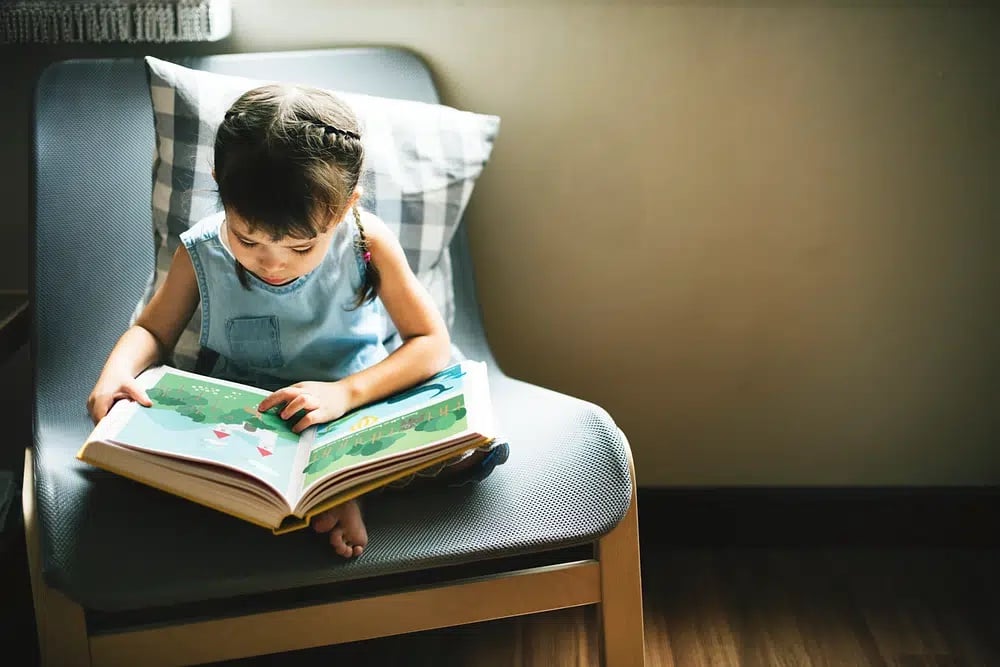When he was three, my middle son went through an unfortunate—and unfortunately long—phase of writing on the walls. It wasn’t exactly recognizable missives per se at such a tender age, or at least no prophet was on hand to interpret said writing. But these were obvious and joyful attempts at writing. My darling scribe knew in which desk drawer his father kept pens and would simply borrow one on occasion before going full graffiti-artist mode on yet another spot in the house. Any blank canvas seemed to beg to be filled. Being the thoughtful guy that he was, he would usually return the pen to its designated location once done.
Login to read more
Sign in or create a free account to access Subscriber-only content.
Topics:
